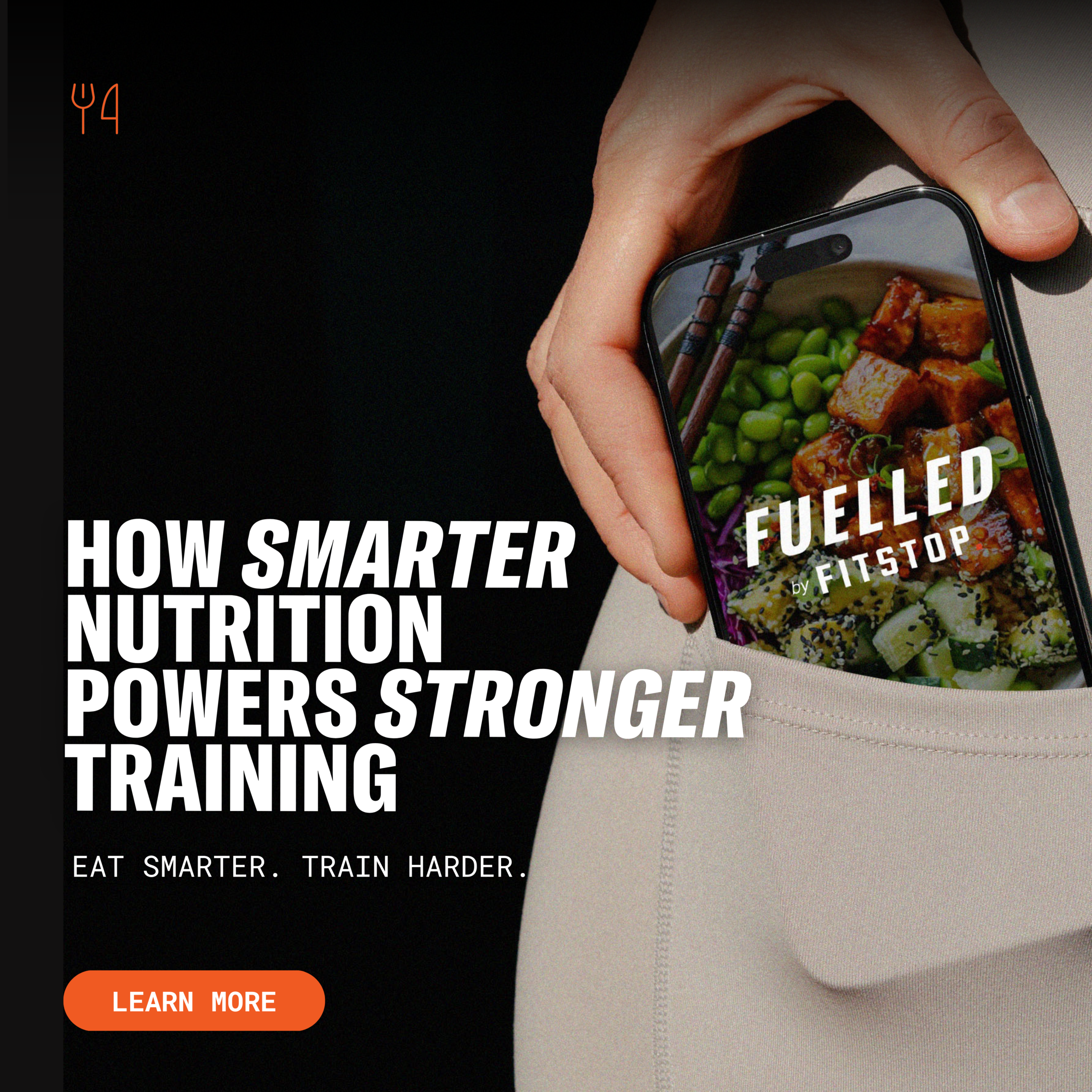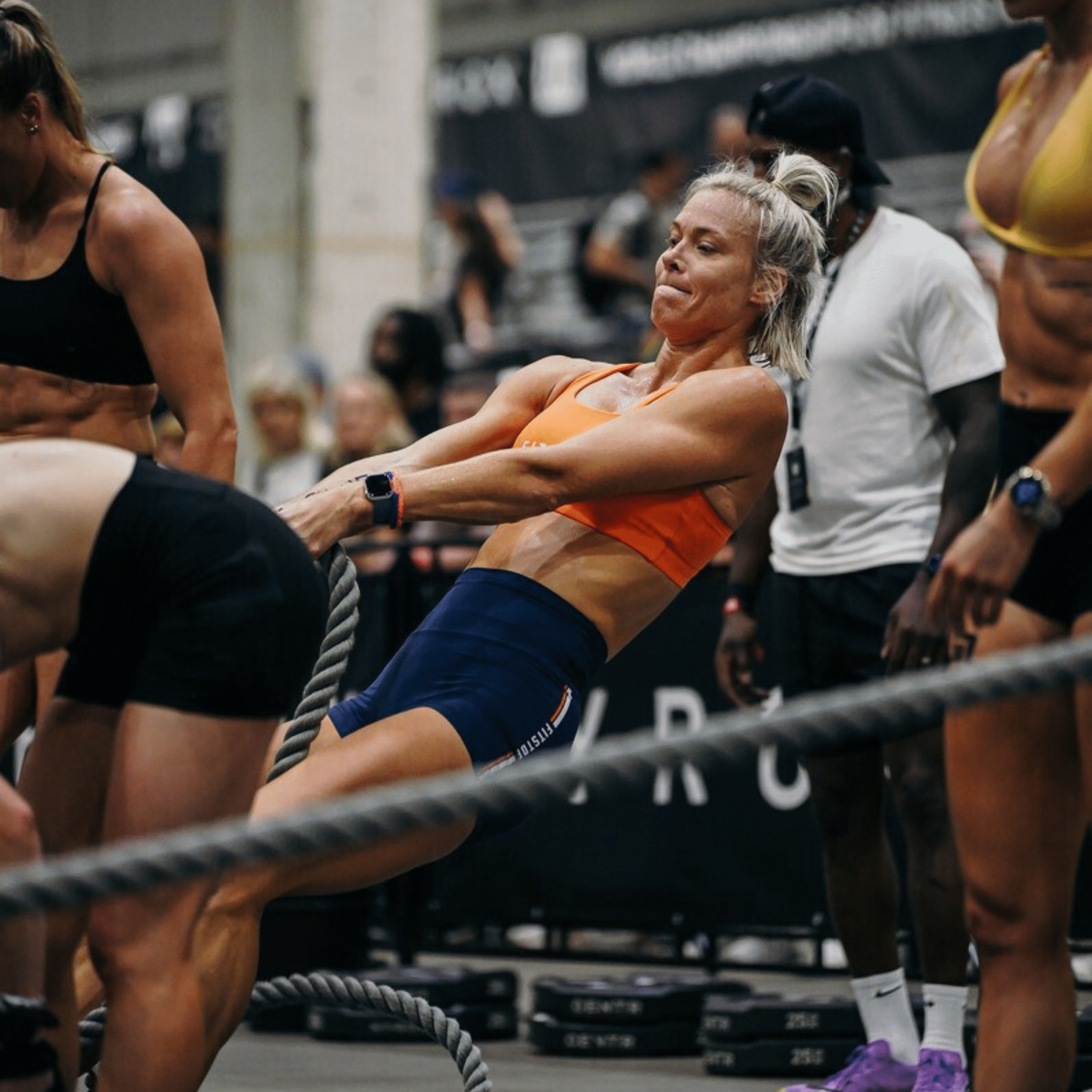Why Recovery Is Important for Longevity

At Fitstop, it is our priority to keep our Fitstoppers fit and healthy for life. We believe in following a balanced training program consistently over time in order to build strong, resilient humans. To maintain a healthy lifestyle, we encourage balance and focus across all pillars of human performance; training, recovery, nutrition and mindset. In this blog, we will explore some tips around how to stay injury free throughout your health and fitness journey.
WHY DO WE NEED TO PRIORITISE RECOVERY?
Recovery is a critical aspect of health and fitness that is often overlooked or neglected. Whether you are an athlete, fitness enthusiast, or simply someone who wants to maintain a healthy lifestyle, prioritising recovery is essential for long-term success.
First and foremost, recovery is important because it helps the body repair and rebuild itself after physical activity. When you exercise, your muscles undergo stress and strain, which can lead to muscle damage and inflammation. Without adequate recovery time, this can lead to chronic pain, fatigue, and reduced athletic performance. By prioritising recovery, you can allow your body to repair and rebuild, reducing the risk of injury and improving overall performance.
OUR TOP 3 TIPS TO HELP YOUR RECOVERY ROUTINE
Here are our recommendations when it comes to recovery in order of priority. We encourage you to make these a regular part of your routine when possible!
1. ADEQUATE SLEEP AND PROPER NUTRITION
Getting adequate sleep is extremely important to help not only your body recharge but also your mind. With an increase in exercise and movement, comes an increase in sleep requirement. In our sleep blog, we discuss this in more detail and things that can impact sleep quality. Fuelling your body is another basic requirement to maximise your body’s ability to recover. It is important to eat balanced meals throughout the day including protein, carbohydrates and fats so you can keep performing at your best.
2. ACTIVE RECOVERY
Continuing to move your body more promotes blood flow to your muscles that have been impacted by any form of resistance training. This helps transport vital nutrients and oxygen to help the recovery process and set you up for your next training session. A walk, swim, cycle or even light jog are perfect options to explore for active recovery.
3. CONTRAST (HOT/COLD) THERAPY
Contrast therapy can have a similar effect on the body for recovery. The rapid change in temperature can increase heart rate and therefore increase blood flow and reducing inflammation throughout the body. To try this at home, try alternating 2 minute warm shower with a 1 minute cold shower 4 times through. As you get more comfortable with the process, aim to increase the duration of the cold.
In summary, the more you move, the more you need to think about recovery to support your training journey. The most important things to prioritise are sleep and nutrition, followed by active recovery methods. If you feel you have mastered the first 2, then contrast therapy can further assist you to recover between sessions.













